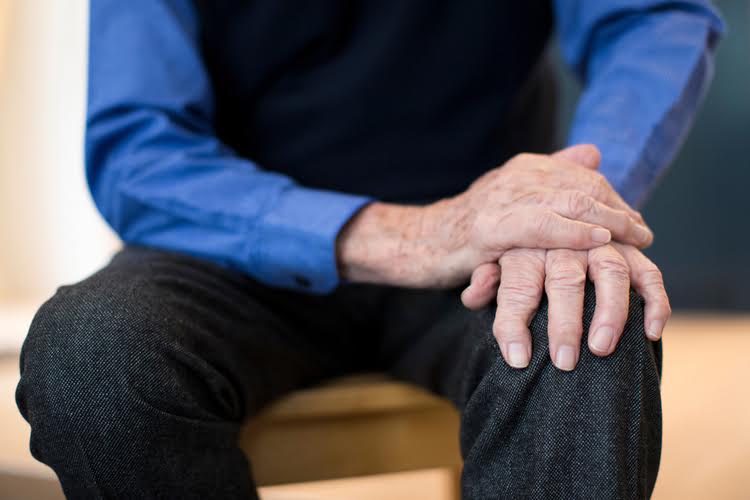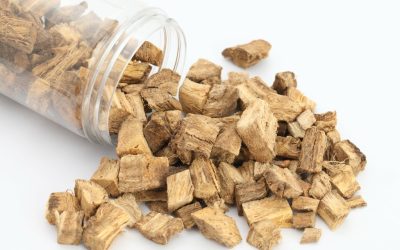The process is quick and easy, so the person seeking admission doesn’t feel overwhelmed or intimidated. Treatment specialists are highly trained to approach this subject in a caring manner. A healthcare provider aims to collect only the essential information they need to begin the admissions process.
Does The Urge To Drink Ever Go Away?
By using this information to develop strategies for managing triggers and avoiding relapse, you can increase your chances of success in quitting drinking naturally. Building a healthy routine – a healthy routine provides structure, reduces triggers and builds new habits. It enables you to replace alcohol-related habits (such as drinking after work) with healthier alternatives, such as going to the gym. Regular sleep, a healthy diet, and self-care routines can improve your physical and mental health and make it easier to manage cravings. Whether you’re just starting your journey or have had setbacks along the way, we’re here to help you build a meaningful, sober life.
The Role of Diet in Managing Alcohol Cravings
Finding a therapist can Drug rehabilitation also be a great starting point if you’re uncomfortable opening up to your healthcare professional. Quitting alcohol alone is harder for some than others, but there’s no need to go it alone. If you’re having difficulty sticking to your goal or just want some extra guidance, consider reaching out for professional support.
Week 1–2: Physical Cravings Drop, Mental Ones Rise
Focus on maintaining a balanced diet, regular exercise routine, and good sleep hygiene. These lifestyle factors can significantly impact your ability to resist cravings and maintain sobriety. When you feel a craving, remind yourself of the negative consequences of drinking.
- Eventually you might stay until midnight yet still choose sparkling water because the habit of clarity feels too good to surrender.
- By prioritizing restful sleep as part of your daily routine, you’ll be better equipped to manage stress and maintain sobriety over the long term.
- Distraction can be a useful tool to help a person manage alcohol cravings in the moment.
- Maintaining sobriety and reducing cravings can sometimes be too difficult to handle on your own.
- Light a vanilla candle put on lo fi jazz and run a warm bath.
However, drinking alcohol only masks these feelings and actually intensifies https://ecosoberhouse.com/ these negative emotions. It can be scary to identify depressive or anxious thoughts as a trigger, but it also provides a path towards healing. You can unlink depression and alcohol and anxiety and alcohol and treat both simultaneously. The symptoms of PAWS can last for several months to as long as two years, depending on the severity of the alcohol addiction.
- Engage with local support groups or online forums to share experiences and coping strategies, fostering a sense of community.
- If you start creating negative associations with cravings, you will experience more negative emotions, which could further trigger you to drink.
- Self-care is an important part of any daily routine, especially when you’re trying to quit drinking.
- For many, they decrease over time, sometimes taking a few years to go away completely.
- This can include setting specific times for meals, exercise, and relaxation activities.
They often occur during the early stages of recovery and can potentially last for years. Surrounding yourself with positive people who support your decision to stop drinking can make all the difference. When you’re trying to quit drinking naturally, it’s important to have a strong support system in place to help you through the ups and downs of recovery. Deep breathing is another mindfulness technique that can help reduce stress and anxiety. When we’re stressed or anxious, our breathing tends to become shallow and rapid, which can exacerbate these feelings.
Understanding these processes is crucial in addressing and managing alcohol cravings effectively. Most intense cravings only last a few minutes, so it is important to have a well-tried technique at hand to manage them. By employing effective strategies and seeking appropriate support, it is possible to manage these cravings and foster a healthier relationship with alcohol. Overall, keeping a journal can be an effective way to increase self-awareness and identify patterns in your behavior that may be contributing to alcohol cravings.

Vivitrol is expensive but does not require a daily decision. This signal is telling you to have a drink, but it’s not controlling you. With practice, the urge can become a signal to use an urge coping strategy.
Internal Triggers
Many people who use alcohol heavily for a prolonged period often don’t even recognize the perpetual fog that alcohol creates. When you stop drinking, it can feel like entering a whole new world and like a fog that you didn’t even know was there has suddenly lifted. When you quit alcohol after using it consistently, your body spends about a week to a week and a half adjusting to its absence. This can create dangerous withdrawal symptoms but will typically fully resolve within two weeks. The more this happens, the more the how to stop craving beer brain treats alcohol as a requirement. This rewiring makes cravings feel urgent, even in the absence of any social or emotional context.
Heavy alcohol use can affect the health of your heart, brain, kidneys, liver, pancreas and digestive tract. It can also increase your risk for many different types of cancers. Stopping alcohol can reduce many of these risks, potentially adding decades to your life expectancy. While it may not be something you perceptibly notice, one huge health benefit from stopping alcohol will occur by your third week of not drinking. Using alcohol frequently or consistently increases your blood pressure, leading to an increased risk of heart disease and stroke.

Improved mental clarity
When the “one drink couldn’t hurt” thought pops up, look back at all those back-to-back drinks you had that started with the same thought. Take a few minutes to write down triggers so you can identify them properly. Having the backing of loved ones can foster motivation, resilience, and a commitment to recovery. It can reshape an individual’s environment into a supportive and proactive system, reducing the opportunities for relapse.
Internal triggers, such as negative emotions, can also trigger alcohol cravings. Research has shown that anxiety, frustration, sadness, tension and irritability can trigger a person to drink. Cravings may occur because a person expects to feel relief from drinking. Alcohol cravings can occur when a person is undergoing alcohol withdrawal.
